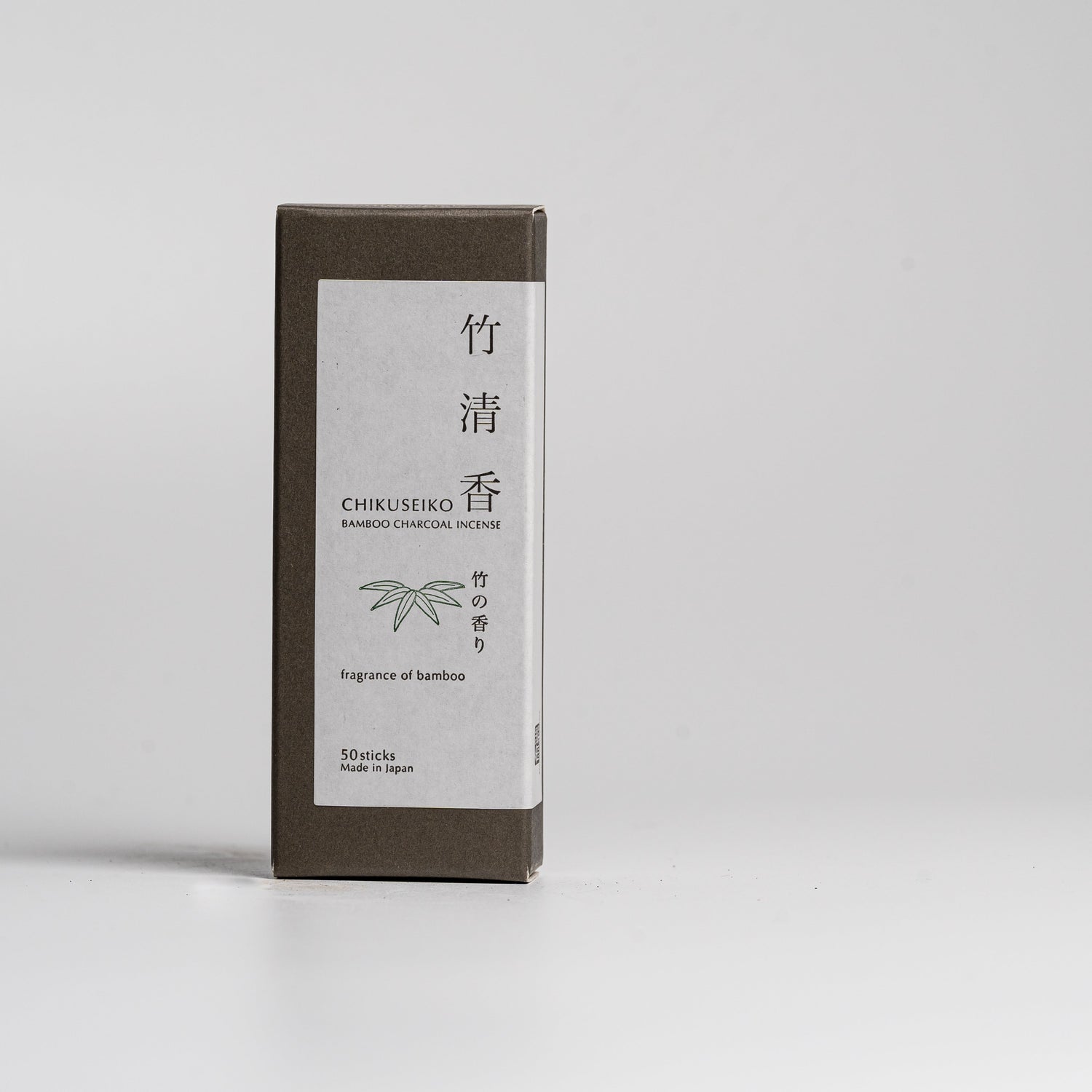Ceramics in Japan occupy a revered space in the heart of Japanese culture and have done so for thousands of years. Ever-evolving, yet rooted in tradition, Japanese ceramic crafts play a pivotal role in both historical practices and contemporary lifestyles, covering both functional uses and artistry.
The Historical Significance of Handmade Ceramics in Japan
The inception of Japanese ceramics dates back to the Jōmon period (10,500–300 BC). Simple yet profound, Jōmon pottery, characterised by its rounded bottoms and intricate rope-patterned decorations, reflected both practical utility and an early commitment to craftsmanship. The vessels, often used for boiling food, were crafted by hand without the use of a wheel.
Over time, ceramics evolved into essential components of daily life, finding expression in storage jars, stone tools, and figurines during the extended Jōmon era. The prevailing belief is that the knowledge of pottery production was introduced to Japan from mainland Asia, and later refined and embraced by Japanese culture.
Ceramics in Modern Japan
Ceramics continue to hold a significant place in Japanese culture today. Throughout the country you will find these crafted gems seamlessly integrated into daily life.
Japanese ceramics are not merely objects; they are a reflection of a meticulous and time-honoured process. The art of pottery-making has been passed down through generations, with contemporary artisans maintaining the dedication and precision of their predecessors.
In many Japanese homes, ceramics are more than just functional items. They are cherished pieces that bridge the gap between tradition and modernity. Just like exquisitely crafted Japanese knives or beautiful washi paper lanterns, each item carries the legacy of craftsmanship that defines parts of Japanese culture.
Ceramics in Customs and Traditions
Perhaps nowhere is the influence of ceramics more palpable than in the revered Japanese tea ceremony. The tradition of tea drinking, or "Sadō" (茶道), goes beyond a simple beverage; it's a choreographed ritual that emphasises harmony, respect, purity, and tranquillity. Central to this ceremony are the meticulously crafted tea bowls, or chawan, which elevate the act of drinking tea to an art form.
Hagi yaki, a style of Japanese pottery originating from the town of Hagi, is often used in tea ceremonies. Its rustic and unassuming appearance complements the serene aesthetics of the ceremony, emphasising the beauty in imperfections, a core tenet of the Japanese philosophy of wabi-sabi.
The tea bowl is more than a vessel; it's a conduit for cultural expression, connecting participants to centuries of tradition. The tactile experience of holding a finely crafted chawan adds a layer of intimacy to the ceremony, fostering a connection between the user, the potter, and the traditional practice of tea drinking.
Experience the World of Japanese Ceramics at OKAERI
At OKAERI, our curated ceramics collection celebrates this rich legacy, offering a glimpse into the diverse world of Japanese ceramics. Each piece tells a story, inviting you to connect with the artist and the traditions that have shaped Japanese culture for centuries.


